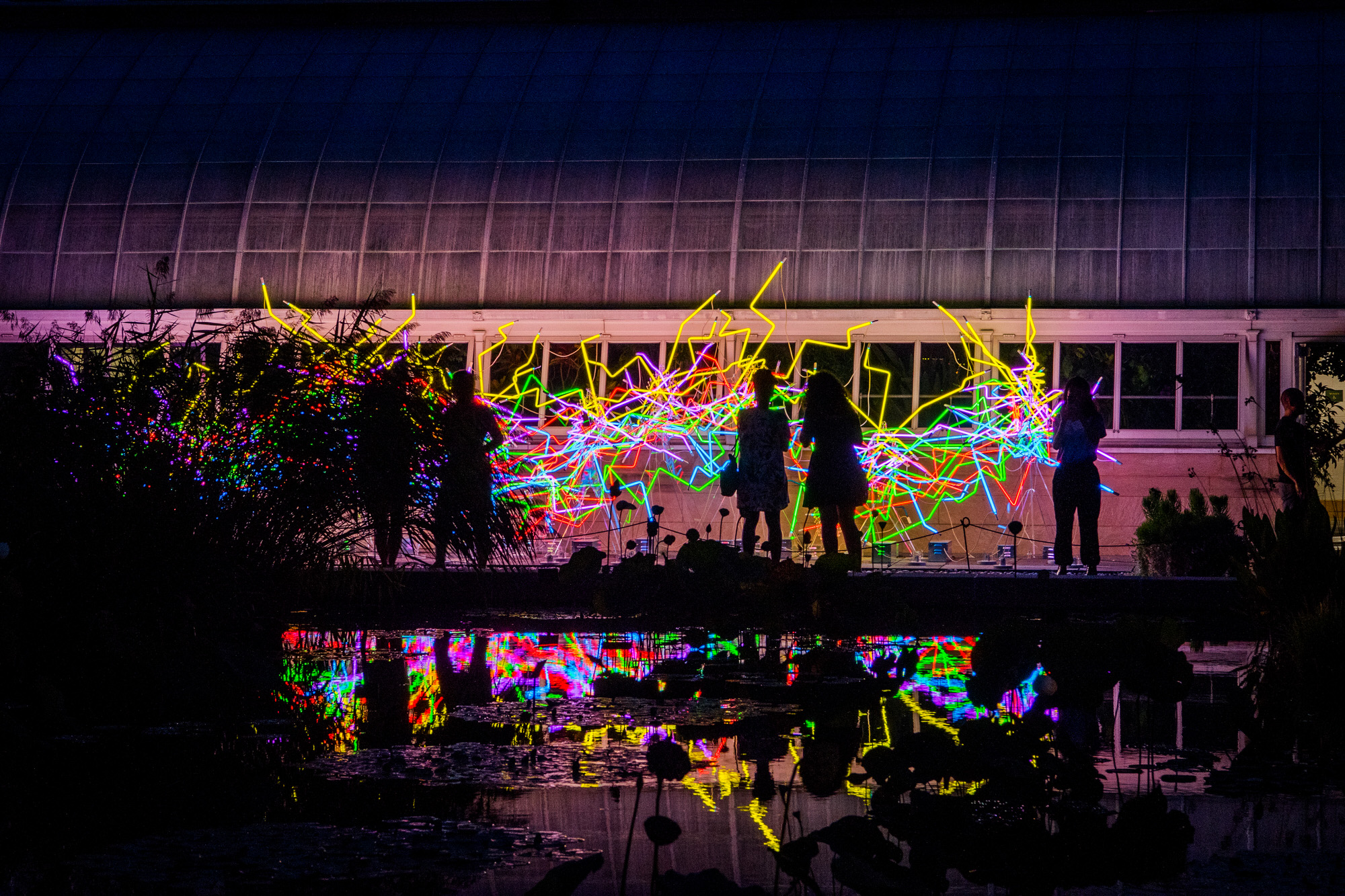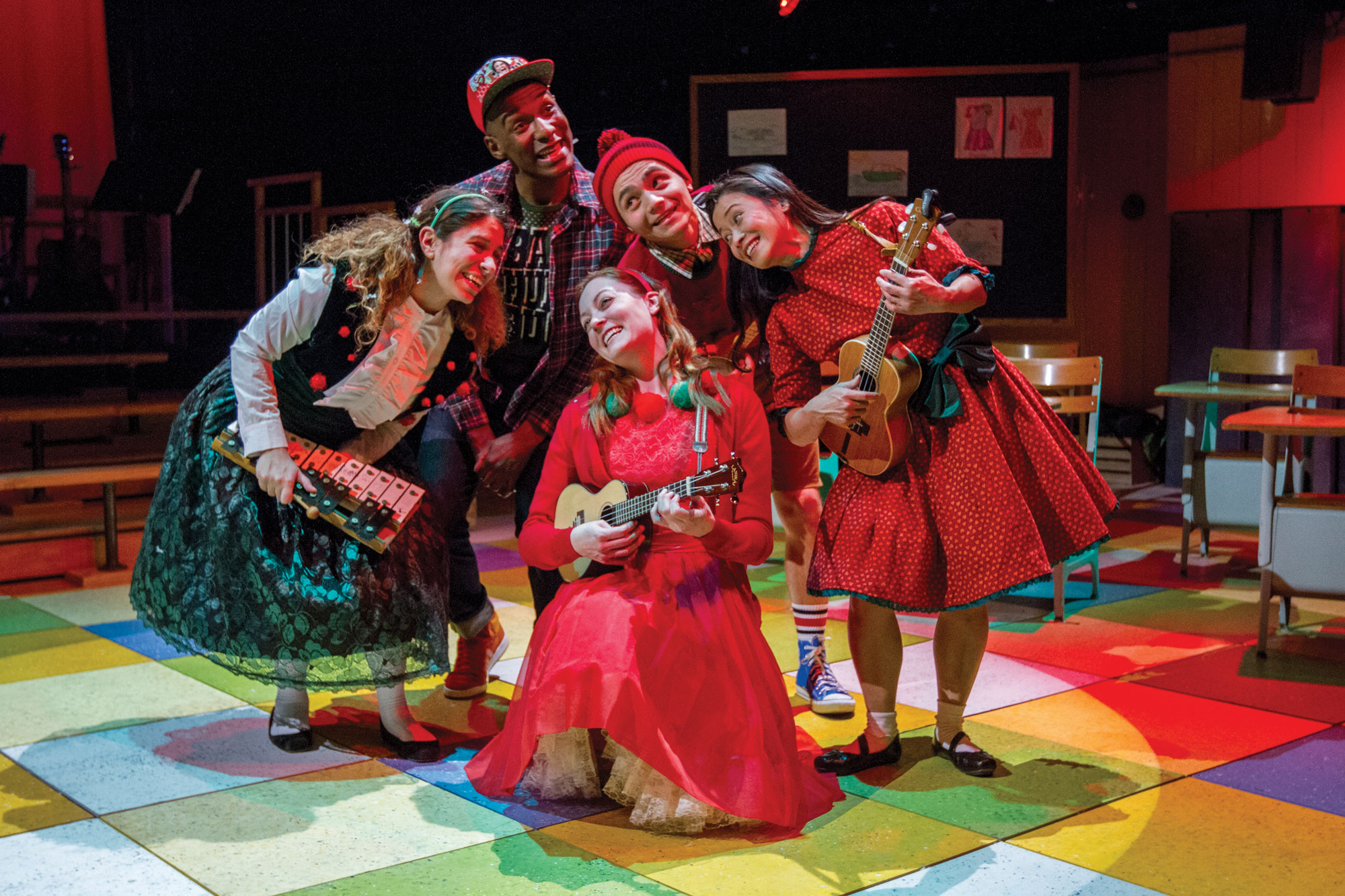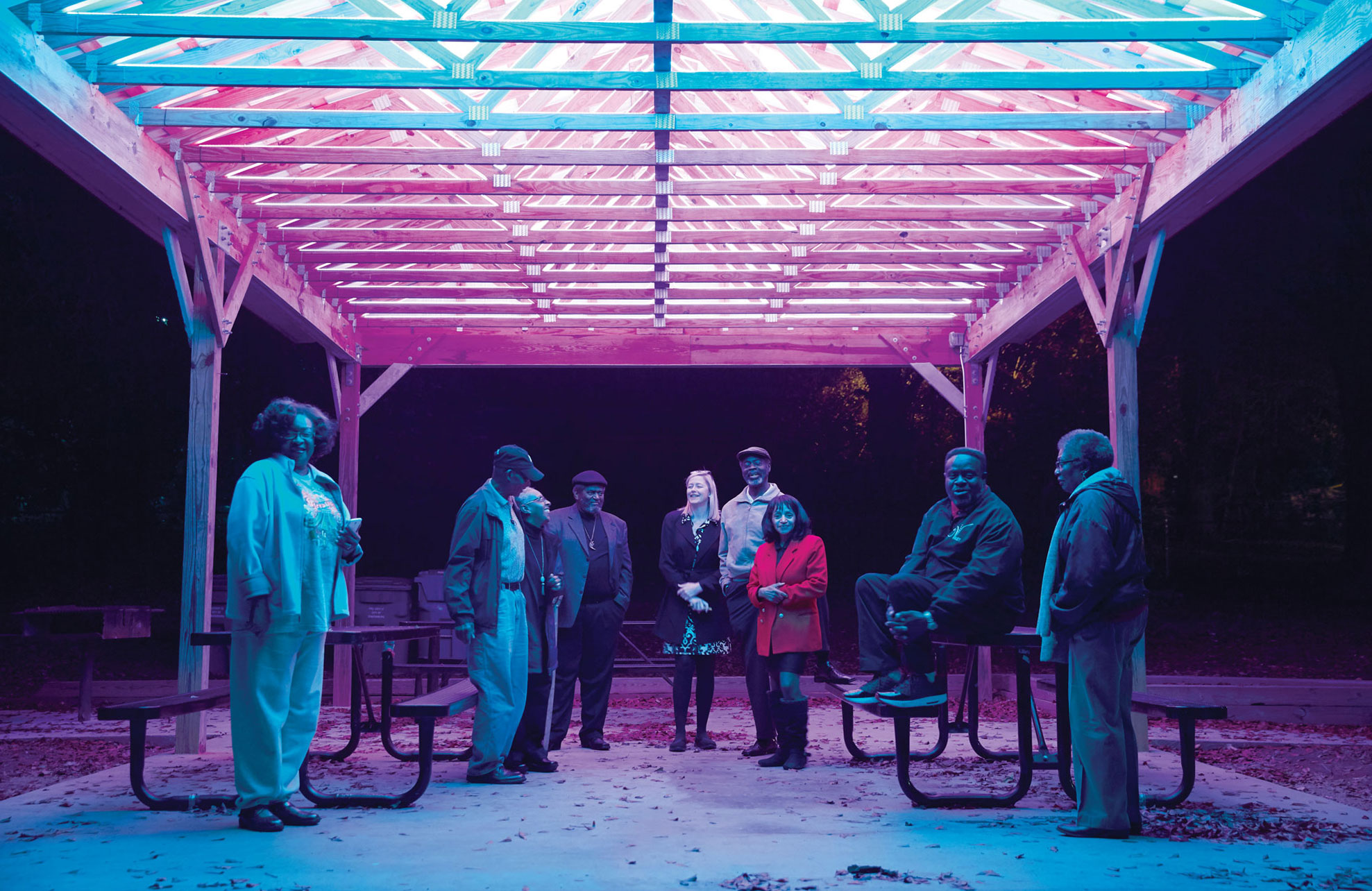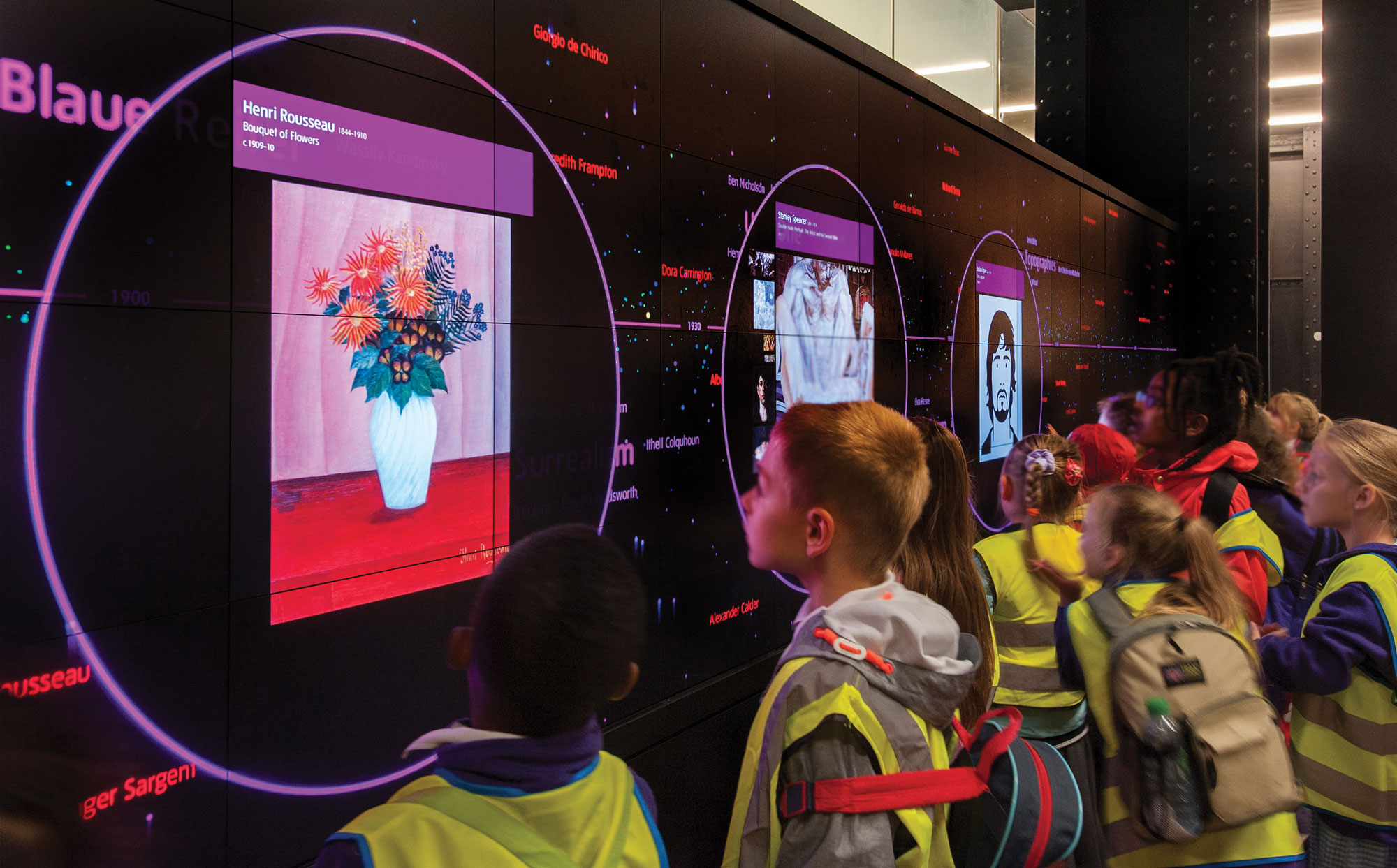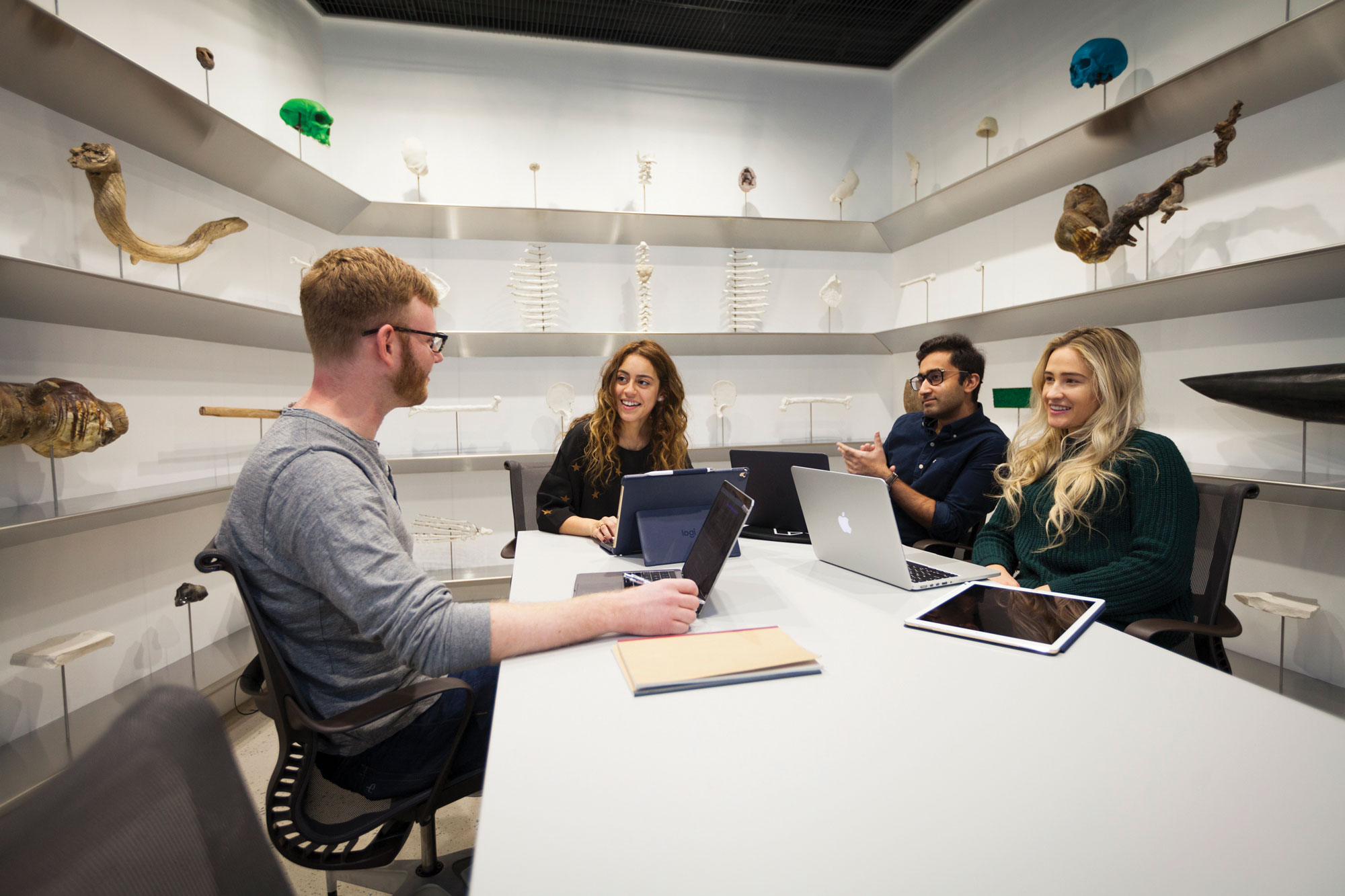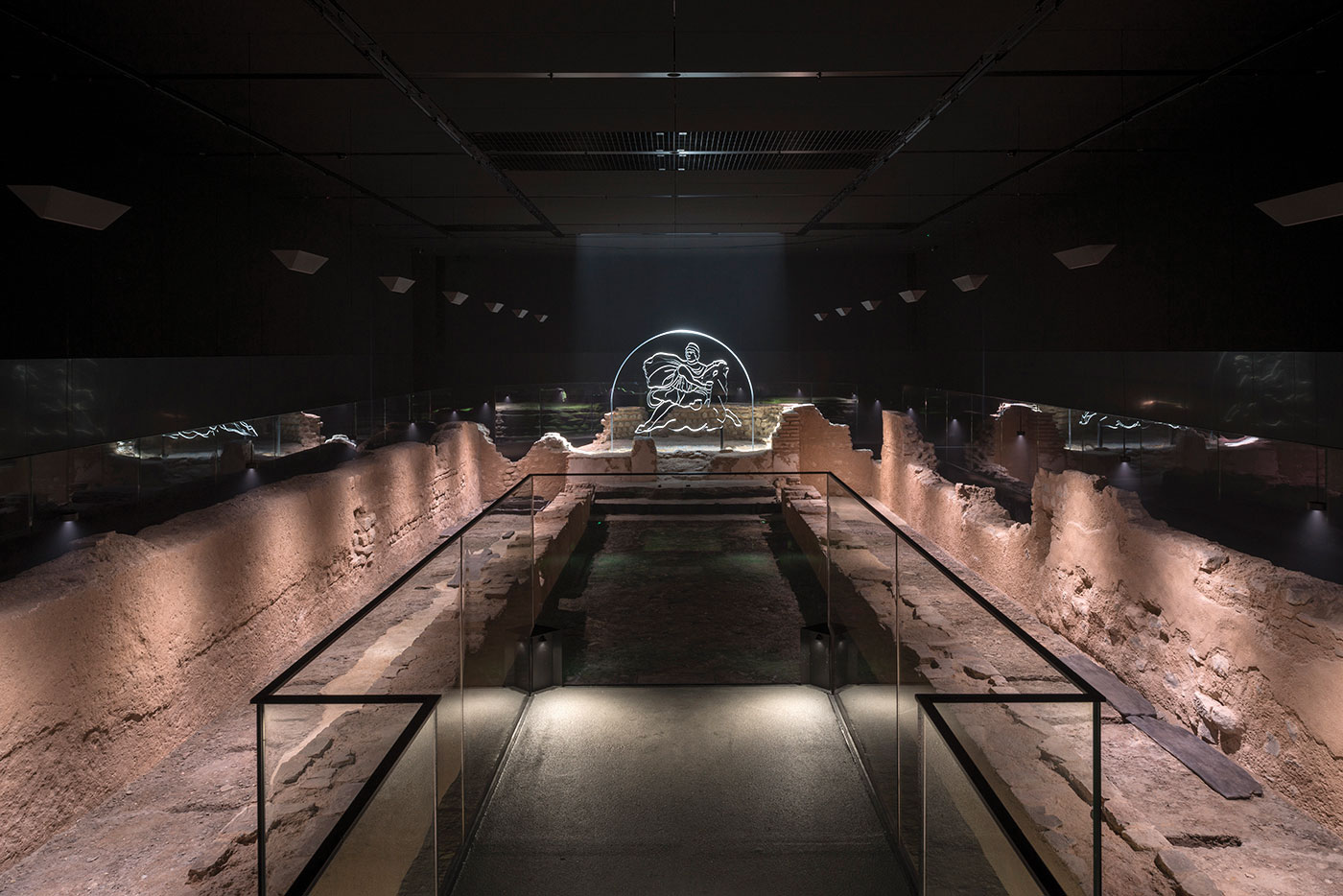Harnessing the Power of the Arts to Improve Communities
The Arts
“We have long recognized the opportunity to use art as a driver of economic development. I think that’s one of the sources of inspiration that we can give to our citizens and community.”
Karen Freeman-Wilson
Mayor, Gary, Indiana
Small and mid-sized cultural institutions are critical for the arts to thrive. These organizations engage residents, strengthen neighborhoods, promote social cohesion, and contribute to a city’s economy and identity. Bloomberg Philanthropies helped to strengthen 260 of these organizations by providing financial support as well as management training.
First tested in New York City from 2011-2013, the program expanded to six cities across the country from 2015-2017: Boston, Massachusetts; Chicago, Illinois; Dallas, Texas; Detroit, Michigan; and Los Angeles and San Francisco, California. The organizations selected in these cities received two years of funding for general operations as well as management training to enhance their board development, fundraising, and marketing strategies.
76 percent of AIM organizations increased their contributed income during the program
On the Ground in:
Chicago, Illinois
AIM in Chicago
- Dance
- Humanities
- Literature
- Multidisciplinary
- Music
- Service
-
Theatre
- About Face Theatre
- Allbany Park Theater Project
- Barrel of Monkeys
- Black Ensemble Theater
- Blair Thomas & Company
- Chicago Children’s Theatre
- Collaboraction Theater Company
- Congo Square Theatre Company
- Creative Arts Foundation
- Pegasus Players
- Silk Road Rising
- Teatro Vista Theater with a View
- The House Theatre of Chicago
- The Hypocrites
- The Neo-Futurists
- Timeline Theatre Company
- Victory Gardens Theater
- Visual Arts
Artists can be powerful drivers of civic progress, drawing attention to issues and encouraging action around them. The Public Art Challenge was founded to bring mayors and artists together to collaborate on temporary public art projects across America that strengthen communities.
In 2014, the first Public Art Challenge invited mayors and artists to work together and submit proposals for innovative projects designed to address local challenges. Four winners — Los Angeles, California; Gary, Indiana; Spartanburg, South Carolina; and the New York Capital Region (a joint project by Albany, Schenectady, and Troy) — were chosen; each received $1 million to fund their ideas. Their projects — which took place between 2015 and 2017 — spurred civic leaders, artists, and residents, as well as community organizations and businesses, to work together to advance solutions to critical challenges such as abandoned buildings, environmental sustainability, community-police relations, and creative sector economic development.
In addition to offering new perspectives on important topics and engaging the community, these temporary projects generated $13 million in economic activity across the participating cities and created more than 800 full- and part-time jobs. In 2018, the second Public Art Challenge launched with a renewed invitation to U.S. cities to develop and submit ideas.
Since 2014, Mike Bloomberg has served as the chair of the Serpentine Galleries in London. Located in historic Kensington Gardens, the Serpentine is consistently among the city’s most popular cultural institutions, with more than a million visitors a year.
The Serpentine champions new ideas and hosts rotating exhibits that highlight the work of some of the world’s most exciting contemporary artists, architects, and designers. In 2017, this included shows by Grayson Perry and Rose Wylie. In the summer of 2018, the artist Christo plans to showcase an exhibit of his work at the Serpentine Galleries to coincide with his temporary installation of a new, large-scale, trapezoidal floating structure, called The Mastaba, on the Serpentine Lake in Hyde Park.
The Serpentine is also well-known for commissioning an architect to build a temporary, open-air pavilion every summer. Each pavilion serves as a short-term London landmark and marks the architect’s first major commission in central London. The award-winning architect Diébédo Francis Kéré from Burkina Faso designed the Serpentine Pavilion 2017. Mexican architect Frida Escobedo has been commissioned to design the Serpentine Pavilion 2018.
Bloomberg Connects works with 17 major cultural institutions worldwide to increase visitor engagement using digital technology.
Through features like interactive touch screens, immersive installations, and specially designed apps and mobile websites, Bloomberg Connects grantees are expanding the role that technology plays in improving the visitor experience. At the same time, these efforts also advance the missions of cultural institutions by promoting collaboration among senior leadership and curatorial, education, development, marketing, and operations departments.
Participating institutions include:
- Academy Museum of Motion Pictures
- American Museum of Natural History
- The Art Institute of Chicago
- Brooklyn Museum
- Cooper Hewitt, Smithsonian Design Museum
- Gardens by the Bay
- The Jewish Museum
- Lincoln Center for the Performing Arts
- The Metropolitan Museum of Art
- The Metropolitan Opera
- The Museum of Modern Art
- The New York Botanical Garden
- San Francisco Museum of Modern Art
- Science Museum
- Serpentine Galleries
- Solomon R. Guggenheim Museum
- Tate
46 million Bloomberg Connects
platform uses since 2013
Cornell Tech, a new graduate school formed through a unique partnership between Cornell University and Technion — Israel Institute of Technology, offers an innovative model for graduate education that fuses technology with business and creative thinking. The school focuses on creating pioneering leaders and technologies for the digital age.
The opening of Cornell Tech’s Roosevelt Island campus in September 2017 represented a milestone for New York City and was the culmination of nearly a decade’s worth of work by many partners that began during the Bloomberg Administration.
At the Emma and Georgina Bloomberg Center, the school’s main academic building, art installations are integrated into key meeting rooms and public spaces, offering inspiration to everyone on campus. The work from renowned artists promotes creativity, conversation, and innovation — values that are all central to the mission of Cornell Tech. Today, students on campus are studying technology’s intersection with health care, law, business, computer science, and entrepreneurship.
Bloomberg L.P.’s new European headquarters in London is located on one of the U.K.’s most significant archaeological sites — including an ancient temple dedicated to the Roman god Mithras. First discovered in 1954 and unveiled to the public with much fanfare, the temple was moved to a nearby location to make way for a post-war office building. As part of the development of the London office, the temple was rebuilt close to its original site.
While preparing the building site for construction, archaeologists unearthed more than 400 fragments of ancient Roman writing tablets. The collection is the largest and earliest of its kind in Britain and includes the first known reference to London, the city’s first known financial document, and the earliest hand-written document in Britain.
As stewards of the ancient site and its artifacts, Bloomberg created a cultural space that offers the public a new way to experience this historic landmark: London Mithraeum Bloomberg SPACE.
“Bloomberg’s fantastic new building is a huge vote of confidence in London as a destination for global business and culture. I want to pay tribute to Bloomberg for the care taken to respect and preserve the more than 14,000 archaeological finds in the London Mithraeum…”
Sadiq Khan
Mayor, London, United Kingdom
Free and open to the public, it showcases the ancient temple, a selection of Roman artifacts found during the recent excavation, and a series of contemporary art commissions inspired by the archaeology of the site. In the first six months, more than 60,000 people signed up to see the exhibit.
In addition, the new London headquarters includes exciting new artworks inside and outside of the building, reflecting a belief that art fuels collaboration and innovation in the workplace — and building on a long-standing commitment to expanding access to the arts. The Bloomberg building also highlights the company’s commitment to the future of the planet, having received the highest BREEAM sustainability rating for office design of any commercial building in the world.
To sign up for free tickets and to learn more about London Mithraeum Bloomberg SPACE, visit londonmithraeum.com
